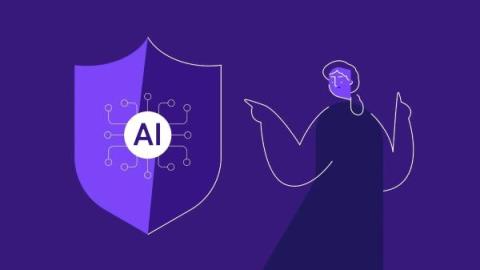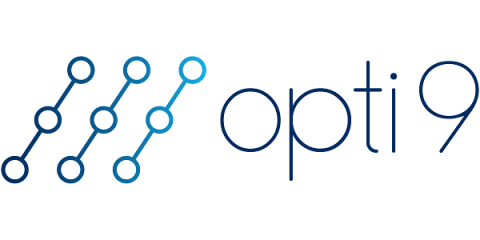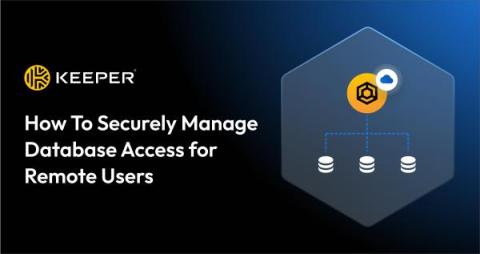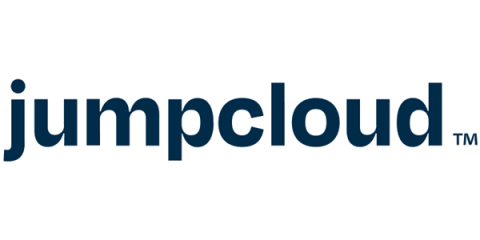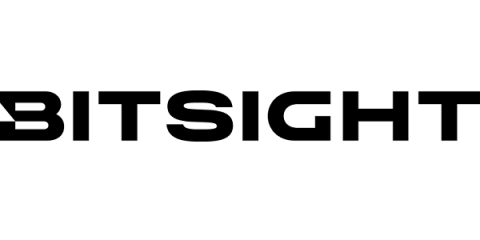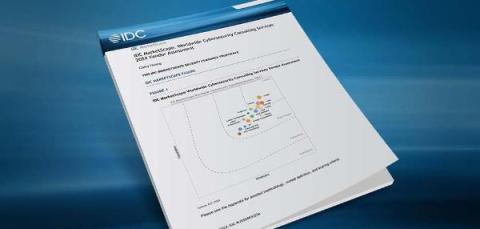What You Need to Know About Hugging Face
The risk both to and from AI models is a topic so hot it’s left the confines of security conferences and now dominates the headlines of major news sites. Indeed, the deluge of frightening hypotheticals can make AI feel like we are navigating an entirely new frontier with no compass. And to be sure, AI poses a lot of unique challenges to security, but remember: Both the media and AI companies have a vested interest in upping the fright hype to keep people talking.



